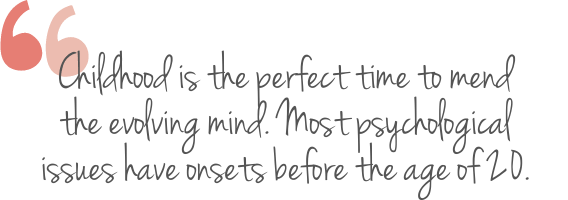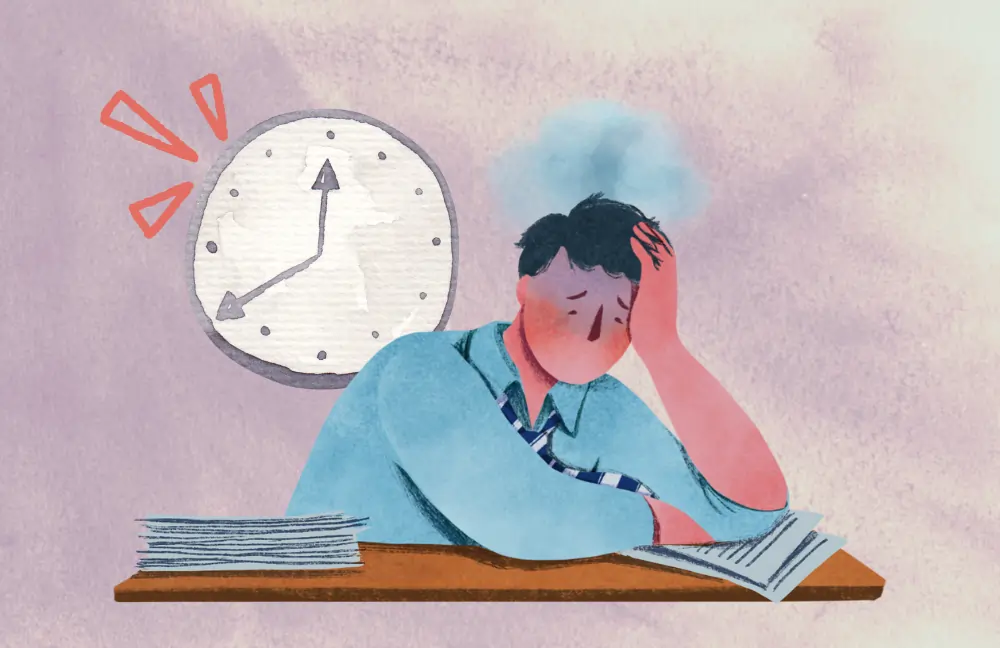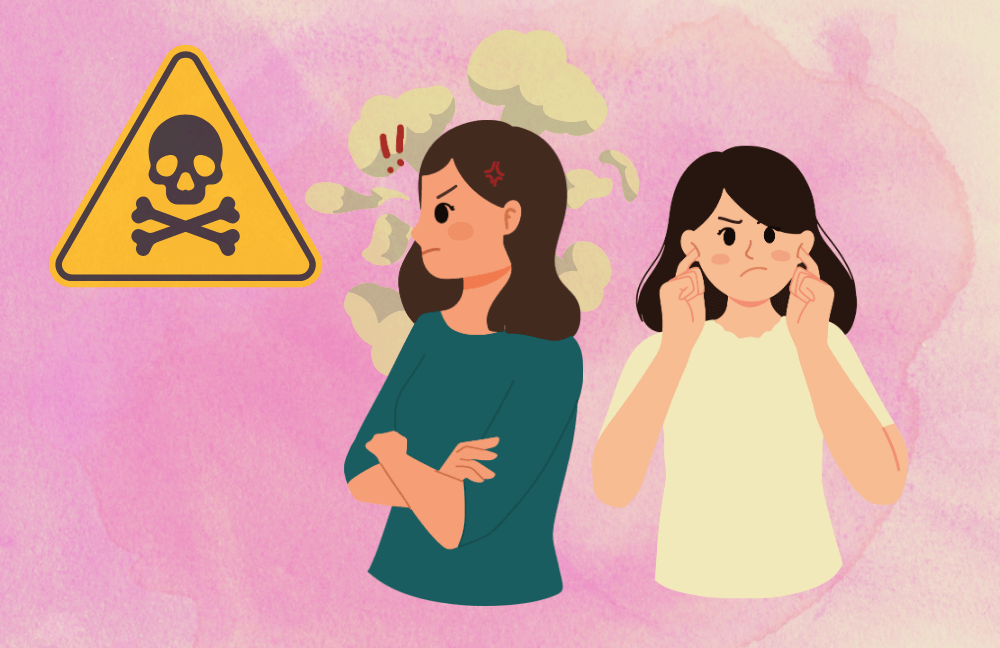School Mental Health (SMH)
Mental Health in School
Mental health risks in children are abundant, and resources to manage them are scarce. Psychological illness in children is a pandemic in itself. A country as populous as India, is home to the world’s largest pool of young people. We house one fifth of the world’s adolescents who have one of the highest youth suicide rates globally. Also, suicide is the leading cause of death in Indian youth, beating infection and accidents too.
That speaks low of the emotional and psychological prowess of our kids. In general, the prevalence of some or the other psychological disorders in adolescents is 46.3% which is one in every two children. As parents, educators and professionals, we seldom acknowledge that optimal mental health is critical to children’s success in school, as well as through life.

Emotional and Behavioral Problems in School Children
Typical concerns in school-age children include disruptive behavior and mood related disorders. Separation anxiety and defiance are seen mainly in primary school children (aged 4–10 years), whereas generalized anxiety, behavior problems, and depression are more common in secondary school students (aged 11–18 years). Attention deficit hyperactivity disorder (ADHD) and autism spectrum disorders occur at all ages, while eating disorders and psychoses tend to increase rapidly from mid-adolescence (13 years onwards). Full blown anxiety and depression are more striking around puberty and after.
Chaotic Minds of Children
Childhood emotional chaos is for real. While children are struggling with academics and extracurricular competition, they must also confront peer pressure, career struggles, pubertal changes, sexuality concerns and decision-making challenges. Children face tremendous stress at all stages – school and home. This jeopardizes their chances of maturing into emotionally responsible adults. Nobody likes to talk about mental illness, or wellness for that matter. Most teenagers aren’t even aware of adolescent depression or anxiety. If they do feel any symptoms, they eagerly hide them for fear of rejection by peers, ostracization by family, and stigmatization by the society at large. We need to educate and empower them.
Areas of Concern
- Poor academic grades
- Aggression and anger
- Attention disturbances
- Hyperactivity, impulsivity
- Childhood depression
- Fright and social anxiety
- Communication styles
- Teasing and bickering
- Gender discrimination
- Sexuality and puberty
- Career choice confusion
Wellness Components
- Developmental Screens
- Multiple Intelligence
- Study Skill Inculcation
- Emotional resilience
- ADHD & LD awareness
- Parent Empowerment
- Teacher Empowerment
- Stress Management
- Wellbeing Assessments
- Wellness Information
- Enlightening Workshops
How Schools Can Play a Role
Mental Health Contributors in schools
School administrators, supervisors, teachers, and school medical doctors all make noteworthy contributions to a child’s development. Likewise, professionals like child counselors, psychologists, educators and psychiatrists, can partake in their emotional progress, within school itself. Our continuum of socio-emotional health includes life skills training, aggression and anger control, building frustration tolerance, enhancing study skills, beating adolescent turmoil, making suitable career choices, avoiding harmful and risky behaviors and building meaningful relationships, to name a few. We hope to connect to understand your need and offer our expertise.
MindFrames ‘E’ Strategy for School Mental Health
Enlighten
Educate
Enrich
Empower
Dr Shefali Batra: School Mental Wellness
Schools have long agreed that the unmet psychosocial needs of children and families overwhelm the resources of schools and undermine their capacity to educate children appropriately. Most schools admit to being deeply dedicated to the holistic wellness of their students. But it takes careful and committed programming. After all, wellness is more than physical health. Wellness of the mind and body takes effort and direction. We consult with schools, and suggest, innovate as well as augment the existing emotional wellness programs with a preventive and empowering philosophy in place. Schools make a mammoth difference in the lives of their students. We are eager to help you help them reach their zenith.
Dr Shefali Batra is a Feature Writer in the Teenager Today (India’s first Teen Zine) since 15 years. The magazine is focused on adolescent wellness.




References
- Parikh, R., Michelson, D., Sapru, M., Sahu, R., Singh, A., Cuijpers, P., & Patel, V. (2019). Priorities and preferences for school-based mental health services in India: a multi-stakeholder study with adolescents, parents, school staff, and mental health providers. Global mental health (Cambridge, England), 6, e18.
- Fazel, M., Hoagwood, K., Stephan, S., & Ford, T. (2014). Mental health interventions in schools 1: Mental health interventions in schools in high-income countries. The lancet. Psychiatry, 1(5), 377–387.
- Atkins, M. S., Hoagwood, K. E., Kutash, K., & Seidman, E. (2010). Toward the integration of education and mental health in schools. Administration and policy in mental health, 37(1-2), 40–47.
Latest Posts

7 Reasons Why You Should Seek Therapy

5 Time Wasters You Need to Overcome

5 Ways To Deal With A Toxic Coworker

Journey: Why Is It Something No-one Talks About?


